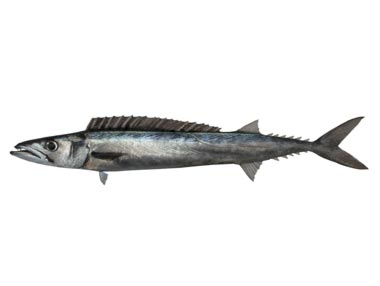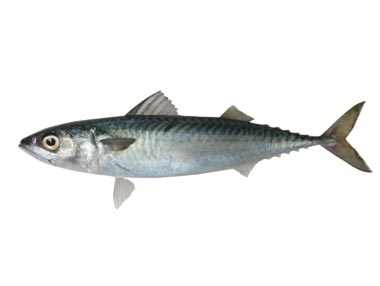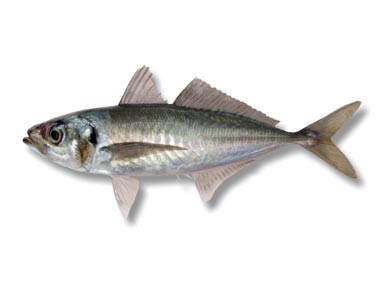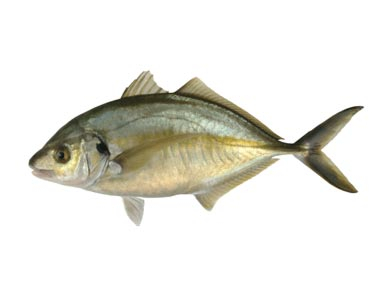New Zealand’s marine environment is just over four million square kilometres of ocean. We have the fourth largest marine environment in the world, home to over 15,000 marine species.
Harvested from our pristine waters by our select suppliers, we export a comprehensive range of premium New Zealand seafood. If you are looking for a particular product not shown here, please contact us and we’ll be happy to explore the opportunity.

Barracouta have a long slender body and smooth skin. They have a pointed head, large mouth and very sharp teeth. They have a dark blue-grey back with silver sides and a belly tinged with blue-purple iridescence.
Members of the Gempylidae family (snake mackerels), Barracouta are found throughout New Zealand but are especially abundant around the Cook Strait and further south, and the Chatham Islands.
Barracouta have a distinctive flavour and are an oily fish with lots of large bones. They are best grilled, fried or smoked.
Scientific Name: Thyrsites Atun
Pack:
2kg (2 x 11kg), 24kg (2 x 12kg)
Size:
M (400-700gram), L (700-1000gram), 2L (1000-2000gram)
Form:
Headed & Gutted (HGT)

Blue Mackerel have a tuna shape (a rounded body tapering from the second dorsal fin to the tail). The head is small with large eyes, and the fins fold back into grooves creating a streamlined appearance. They have a mid to dark blue-green back with an iridescent sheen, the head and sides are silver-white with a series of bars and dots along the side.
Blue Mackerel are a schooling fish belonging to the Scombridae family (tunas and mackerels) and are capable of extensive migrations. They are often found with schools of Jack Mackerel and Kahawai. They are found all around the North Island and northern part of the South Island.
A moderately oily fish, it has dark flesh that lightens when cooked. It is excellent for smoking.
Scientific Name: Scomber Australasicus
Pack:
20kg, 22kg (2 x 11kg)
Size:
M (250-300g), L (340-480g), 2L (480g+)
Form:
Dressed, Whole Round

Jack Mackerel are streamlined with long pectoral fins and an obvious lateral line.They have a green/blue body with a greenish sheen and a white belly. They have wide overlapping scales along the lateral line that expand to a hard ridge at the tail base. There are other varieties that differ in colour and number of scutes.
They form large shoals and are mainly caught off the east coast of the North Island, where they are very abundant.
Jack Mackerel is a moderately oily fish that is high in omega-3.It has dark flesh that lightens when cooked and it can be baked, barbequed, smoked or grilled.
Scientific Name: Trachurus Declivis
Pack:
20kg, 22kg (2 x 11kg)
Size:
M (250-300g), L (340-480g), 2L (480g +)
Form:
Dressed, Whole Round

Trevally are blue-green on the top, silvery white on the belly, and have a yellowish sheen running along the length of the fish. Their body is deep, with small scales, and a row of bony scutes along the mid-body, and a relatively small head. A small dark blotch often appears on the upper gill cover.
Belonging to the Carangidae family (trevallies, kingfishes), Trevally are common around many parts of the North Island and the top half of the South Island and are most abundant at depths of about 80 metres.
They have a medium to soft fillets with low oil content and marbled pink flesh. It can be smoked, baked, steamed, poached, fried, marinated or used in curries.
Trevally is a good source of Selenium, Niacin (vitamin B3), Vitamin B12 and Vitamin D; and a source of Iodine, Iron, Phosphorus, Potassium and Thiamin (vitamin B1).
Scientific Name: Pseudocaranx Dentex
Pack:
10kg
Size:
M (480 -850g), L (850-1500g), 2L (1500g+)
Form:
Whole Round